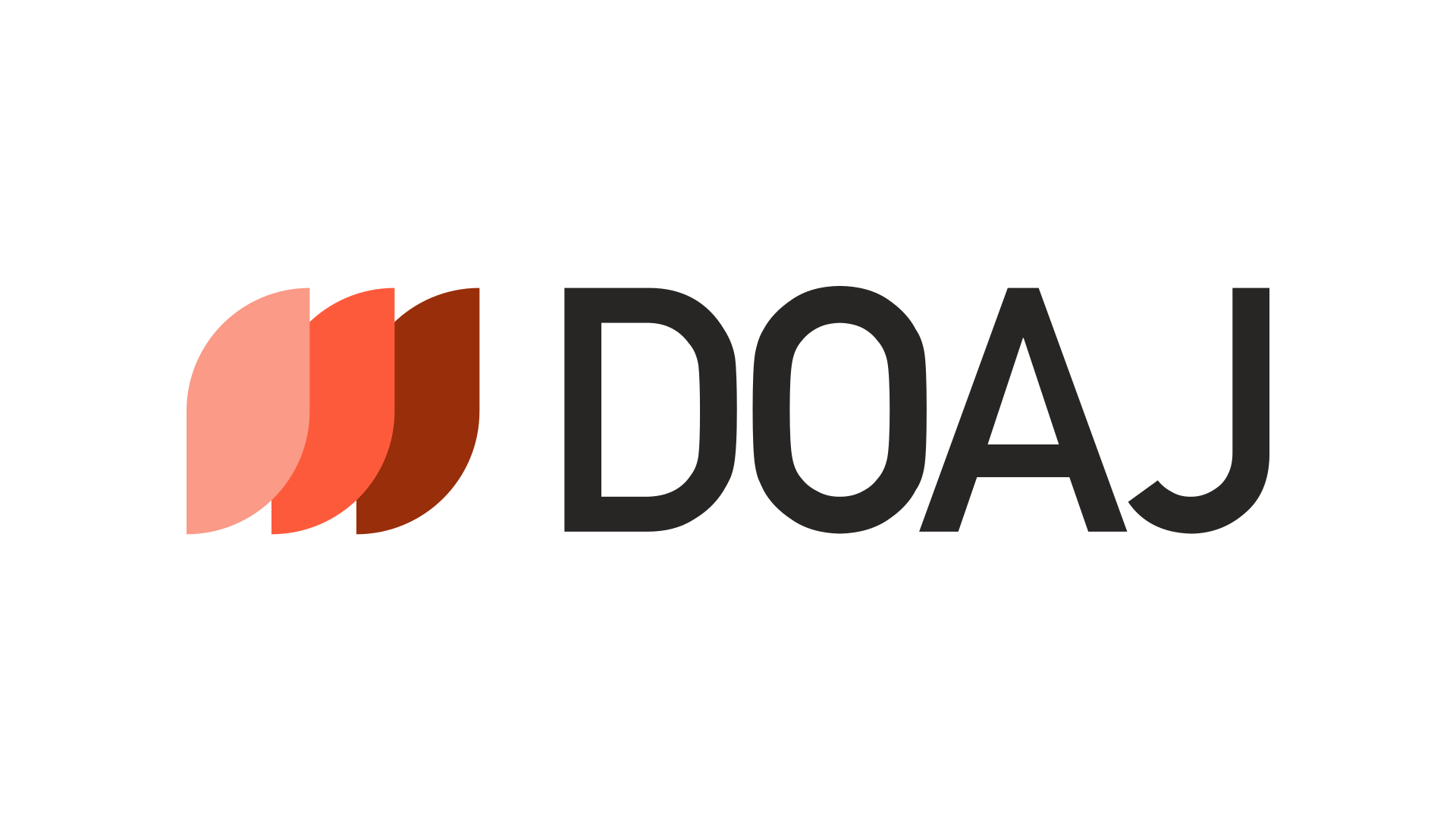The revival of The Bali Zoo marketing strategy post-covid-19 pandemic through digital marketin
DOI:
https://doi.org/10.38043/revenue.v2i2.3767Keywords:
Digital Marketing, Marketing Innovation Strategy, Marketing Mix, Revitalization, TourismAbstract
Bali Zoo Park is one of the tourist spots affected by the coronavirus. The aim of this research was to examine how to activate or revive programs and activities at Bali Zoo Park through marketing and innovation strategies in dealing with the new normal post-COVID-19 pandemic order. This study used qualitative data and the data was collected through passive participation observation techniques, semi-structured interviews, and documentation. Informants in this study were selected by using a purposive sampling technique which consists of the marketing manager, marketing staff, and consumers. The findings of this research suggested that Bali Zoo Park has implemented a marketing innovation strategy from conventional to digital. Digital marketing opens opportunities for Bali Zoo Park to boost sales during the new normal. The role of digital marketing is very influential in improving marketing performance in promoting its products with relevant and timely consumer reach with digital electronic devices.
References
Articles
Atalay, M., N. Anafartand., F. & Sarvan. 2013. The relationship between innovation and firm performance: Empirical evidence from Turkish Automotive Supplier Industry. Procedia-Social and Behavioral Sciences, 75, 226-235. https://doi.org/10.1016/j.sbspro.2013.04.026
Firdausyah, A. G. & Dewi, S. P. (2020). Pengaruh revitalisasi terhadap pola ruang kota lama Semarang. Jurnal RIPTEK, 15(1), 17-27.
Joueid A & Coenders G. (2018). Marketing Innovation and New Product Portfolios: A Compositional Approach. Journal of Open Innovation: Technology, Market, and Complexity, 4(2), 1-13. https://doi.org/10.3390/joitmc4020019
Kaur, G. (2017). The importance of digital marketing in the tourism industry. International Journal of Research-Granthaalayah, 5(6), 72-77. https://doi.org/10.5281/zenodo.815854
Kodrin, L. (2011). Trženje storitev [Marketing of service]. Retrieved November 7, 2015, from http://www.impletum.zavodirc.si/docs/Skritidokumenti/Trzenjestoritev-Kodrin.pdf
Muddaha, G., Kheng, Y. K., and Sulaiman, Y. (2018). Impact of Marketing Knowledge Management on Marketing Innovation: Empirical Evidence from Nigerian SMEs. International Journal of Economic Research, 9(1), 1–18.
Musawa, M.S., and Ahmad, K. (2018). A Conceptual Framework for the Influence of Entrepreneurial Orientation and Environmental Dynamism on Marketing Innovation Performance in SMEs. Business and Economics Journal, 9(3), 1-8. https://doi.org/10.4172/2151-6219.1000361
Pasaribu, N. I. S., Massie, J. D. D., and Poluan, J. G. (2019). The effect of tourism marketing strategy on visiting decisions in Bukit Doa Mahawu Tomohon. Jurnal EMBA, 7(4), 5534–5544.
Riyadi, Slamet, Susilo, D., Sufa, S. A., and Putranto, T. D. (2019). Digital marketing strategies to boost tourism economy: A case study of Atlantis Land Surabaya. Humanities and Social Sciences Reviews 7(5), 468–473. https://doi.org/10.18510/hssr.2019.7553
Taiminen, H. M., & Karjaluoto, H. (2015). The usage of digital marketing channels in SMEs. Journal of Small Business and Enterprise Development, 22(4), 633-651. https://doi.org/10.1108/JSBED-05-2013-0073
Books
Abdurrahma, N. H. (2015). Manajemen Strategi Pemasaran. Pustaka Setia.
Alma, B. (2007). Manajemen Pemasaran dan Pemasaran Jasa (5th Ed.). CV Alfabeta.
Creswell, J. W. (2012). Research Design Pendekatan Kualitatif, Kuantitatif, dan Mixed. Pustaka Pelajar.
Kotler, K. (2009). Manajemen Pemasaran 1 (13th Ed.). Erlangga.
Kotler, P., and Armstrong, G. (2012). Marketing Principles. Morisson.
Kotler, P., and Keller, K. L. (2009). Marketing Management (13th Ed.). Prentice Hall.
Kotler, P., dan Keller, K. L. (2007). Marketing Management (12th Ed.). Indeks.
Kottler, P., and Keller, K. L. (2018). Manajemen Pemasaran (12th Ed.). Indeks.
Laksana, F. (2008). Manajemen Pemasaran. Graha Ilmu
Lupiyoadi, R. (2001). Manajemen Pemasaran Jasa. Salemba Empat.
Sanjaya, R., dan Tarigan, J. (2018). Creative Digital Marketing. Jakarta.
Smirnova, Y. V. (2006). Strategy Revitalization Product 2004: Perencanaan & Pengembangan Pariwisata. PT Pradnya Paramita.
Sugiyono. (2018). Metode Penelitian Kuantitatif, Kualitatif, dan R&D. Bandung
Suryadi, I. G. I. (2007). Metode Riset Bisnis. Gramedia Pustaka Utama.
Suryana, Y. dan Bayu, K. (2013). Kewirausahaan. Kencana.
Suryana. 2013. Ekonomi Kreatif, Ekonomi Baru: Mengubah Ide dan Menciptakan Peluang. Jagakarsa. Penerbit Salemba Empat.
Suwarno, N. (2008). Revitalisasi Kawasan Candi Borobudur, Magelang, Jawa Tengah.
Tjiptono. (2015). Strategi Pemasaran. Andi.
Tulus. 2005. Sumber Daya Manusia, Buku Panduan Mahasiswa. PT. Gramedia Pustaka Umum.
Yoeti, O. A. (2005). Marketing. Pustaka Pelajar.
Downloads
Published
How to Cite
Issue
Section
License
Copyright (c) 2021 sri wisudawati, Mega Wulansari

This work is licensed under a Creative Commons Attribution-ShareAlike 4.0 International License.











